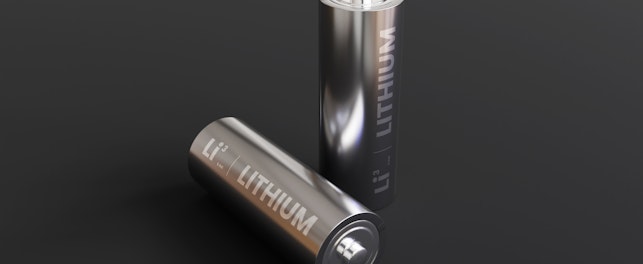France is regulating two categories of mineral oil in ink for packaging and printed paper. Their restrictions will be implemented in two phases, starting January 1, 2023
In 2020, France published Decree No. 2020-105 on the ‘Fight Against Waste and the Circular Economy’. Article 112 to this law regulates the use of mineral oils on packaging. It:
- Prohibits mineral oils on packaging from January 1, 2022
- Prohibits mineral oils for printing intended for the general public from January 1, 2025. This prohibition, however, will become effective on January 1, 2023, for unsolicited advertising materials and catalogs for commercial promotions
- Allows the applicable conditions of Article 112 to be defined by Decree
According to Articles D543-45-1 and D543-213 of the Environment Code and Decree No. 2020-1725 of December 29,2020 ‘Various Adaption Provisions Relating to Extended Producer Responsibility’ (the Law), the conditions for the implementation apply to mineral oils containing substances that disrupt the recycling of packaging waste paper or restrict the use of recycled materials because of the risk of these substances to human health.
On May 3, 2022, France’s Ministry for Ecological Transition (Ministère de la Transition écologique) issued Decree of April 13, 2022 (Arrêté du 13 avril 2022, the Decree) to regulate two categories of mineral oil and their requirements for the implementation of Articles D543-45-1 and D543-213, as well as Decree No. 2020-1725. The Decree contains several important provisions. It:
- Pushes back the effective date for Article 112 of Decree No. 2020-105 from January 1, 2022, to January 1, 2023
- Defines mineral oils as oils produced from feedstocks derived from petroleum hydrocarbons used in the production of inks
- Provides a specific definition for mineral oils and specifies their requirements in ink (see Table 1)
- Indicates that compliance can be checked before or after application or printing (Section 3)
According to Section 4 of the Decree, the restrictions of mineral oil aromatic hydrocarbons (MOAH) and mineral oil saturated hydrocarbons (MOSH) do not apply to packaging, printing intended for the public, letters from advertising leaflets and unsolicited catalogs aimed at commercial promotions if there are specified requirements in a Community provision that expressly authorizes the use of (mineral) oil in inks.
Highlights of the requirements for MOAH and MOSH are summarized in Table 1
Decree of April 13, 2022, specifying the substances contained in mineral oils whose use is prohibited on packaging and for printing intended for the public | |||
|---|---|---|---|
Substance | Scope | Requirement | Effective Date |
| MOAH consisting of 1 to 7 aromatic rings | Inks | ≤ 1.0% | January 1, 2023 |
| ≤ 0.1% and ≤ 1 ppm MOAH compounds containing 3 to 7 aromatic rings | January 1, 2025 | ||
| MOSH consisting of 16 to 35 carbon atoms | ≤ 0.1% | January 1, 2025 | |
Table 1
The Decree will become effective on January 1, 2023.
There are two transitional periods:
- Packaging and printed matter of paper manufactured or imported before January 1, 2023, is required to be disposed of by December 31, 2023
- Compliant packaging and printed paper manufactured or imported before each of the deadlines in Table 1 is required to be disposed of within 12 months of those deadlines
SGS is committed to providing information about development in regulations for consumer products as complimentary services. Through a global network of laboratories, SGS provides a wide range of services including physical/mechanical testing, analytical testing and consultancy work for technical and non-technical parameters applicable to a comprehensive range of consumer products. In the end, it’s only trusted because it’s tested. Contact us for more information or visit our website.
For inquiries, please contact:
Dr. Hingwo Tsang
Global Information and Innovation Manager
t: (+852) 2774 7420
Pascale LAMBERT-DESMURS
Expert Global Contact Alimentaire et Chimie E&E
t: +33 6 85 93 63 00
© SGS Group Management SA - 2022 - All rights reserved - SGS is a registered trademark of SGS Group Management SA. This is a publication of SGS, except for 3rd parties’ contents submitted or licensed for use by SGS. SGS neither endorses nor disapproves said 3rd parties contents. This publication is intended to provide technical information and shall not be considered an exhaustive treatment of any subject treated. It is strictly educational and does not replace any legal requirements or applicable regulations. It is not intended to constitute consulting or professional advice. The information contained herein is provided “as is” and SGS does not warrant that it will be error-free or will meet any particular criteria of performance or quality. Do not quote or refer any information herein without SGS’s prior written consent.



